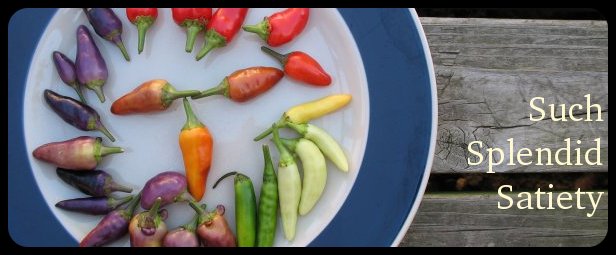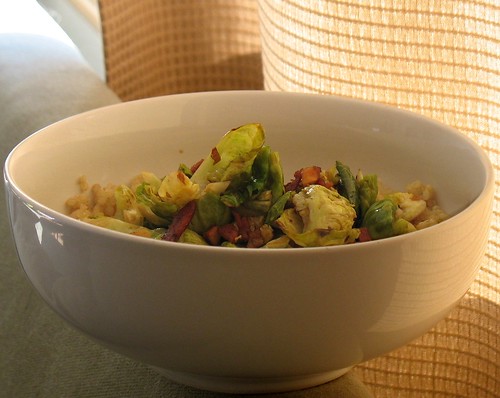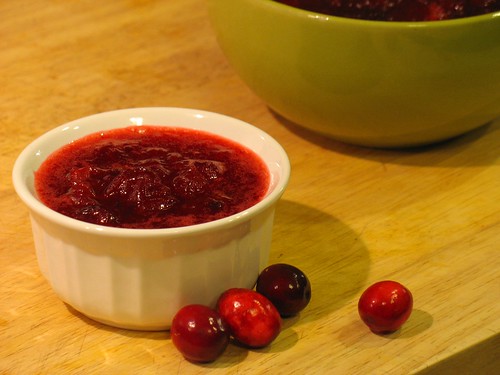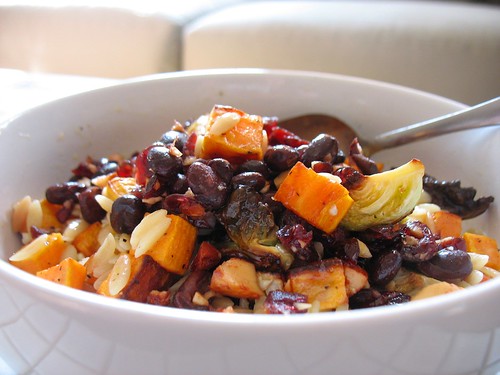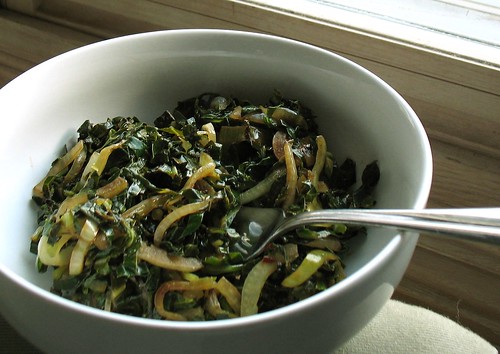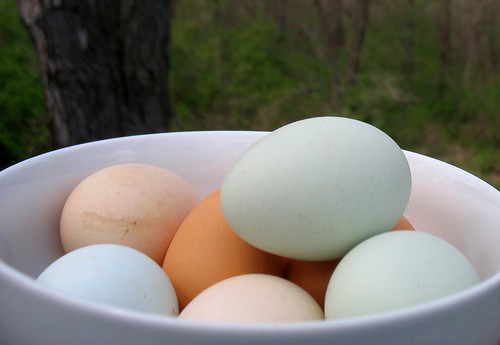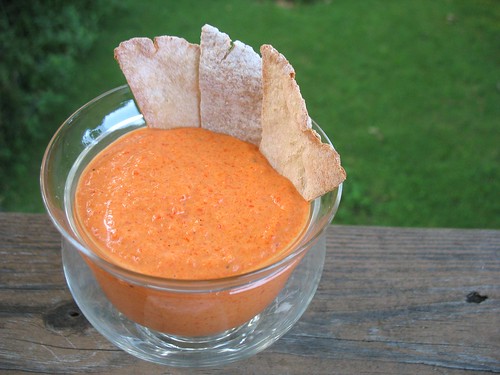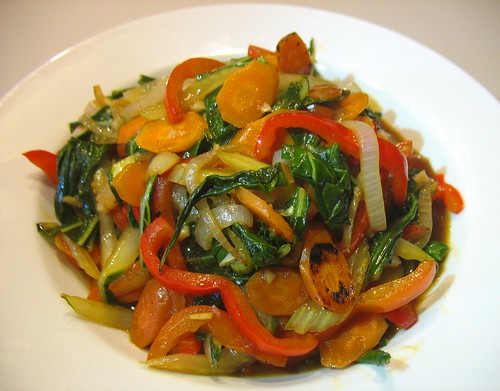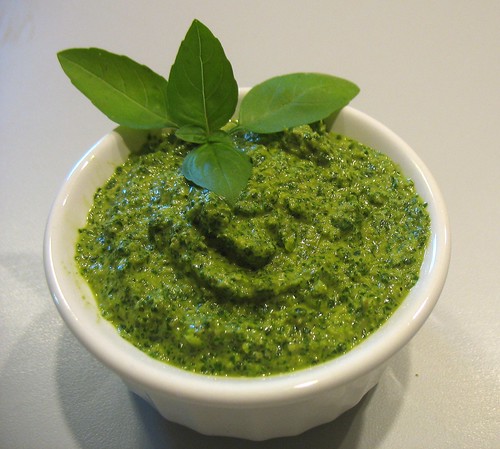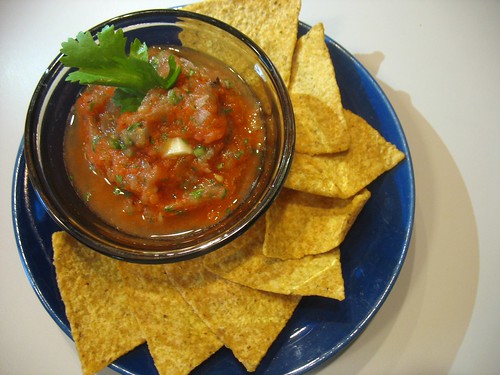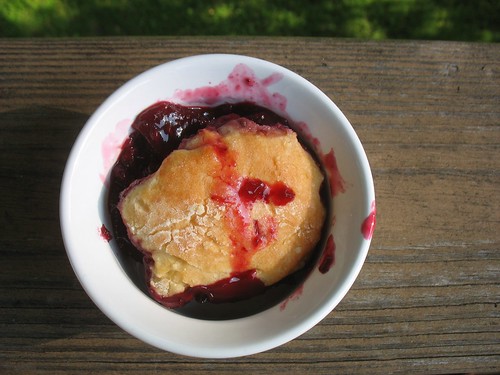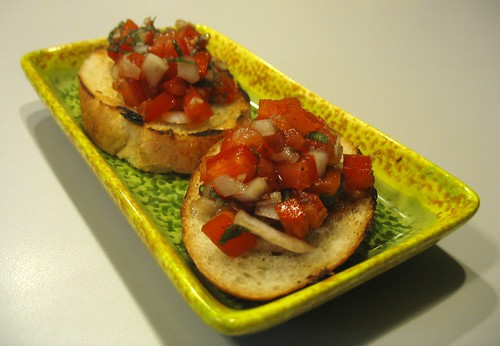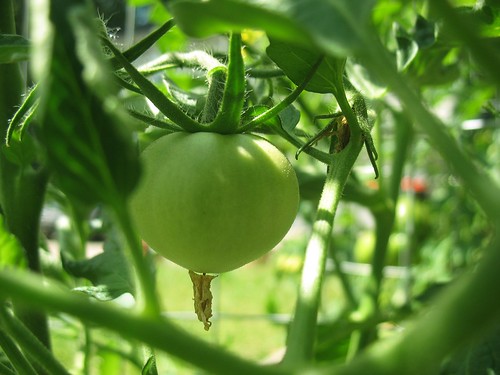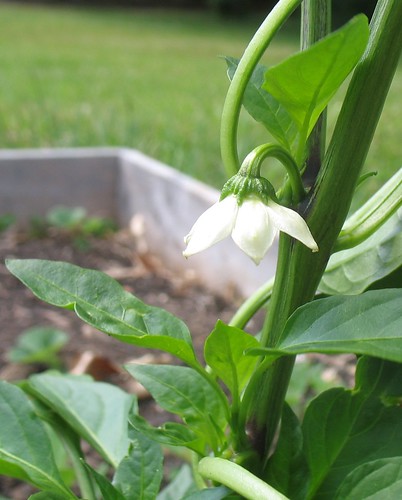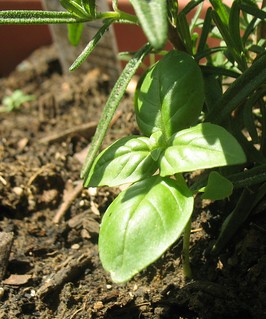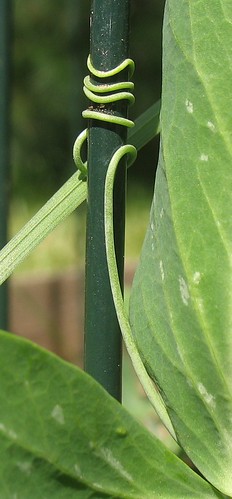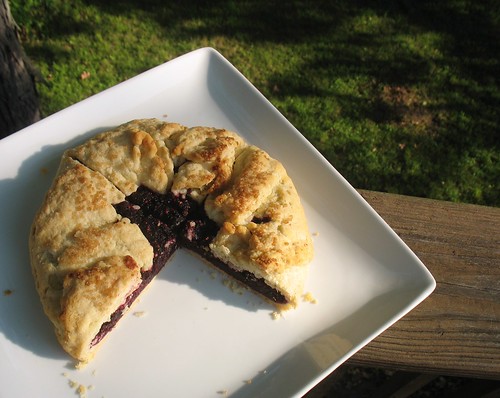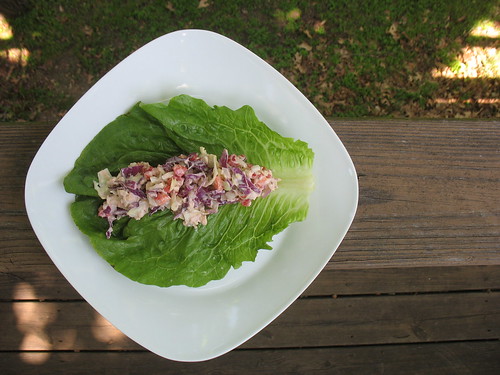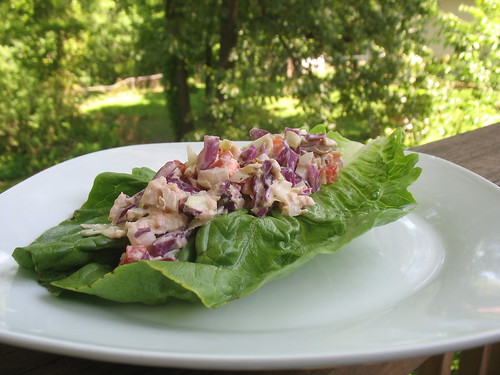My grocery store has this thing where there are a few seasonal items that they get throughout the year, and they just stuff gallon-sized zip bags full of them and sell them like that. Green beans and okra in the summer, brussels sprouts in the winter. The giant bags appear to be the only option, no bulk display anywhere, and I have super weird anxiety about bucking the system when it comes to groceries. It took me years to ask if I had to buy all three items to get the 3/$2.99 price (unless it specifies two different prices, you don't!). So I take my giant bag of sprouts, way more than I really want, and I accept my sprouty future. The bag in the fridge right now was 4.5 pounds when it came home, and let me just say that Keith has not been helping.
So that's one food problem.
The other food problem is Lap Cheong sausage. We picked up a four-pack of "worldly" sausages at Costco this weekend, and the first one we broke into was a Chinese sausage. And we both hate it. I ate one slice of it last night and walked away. I think Keith nailed it on the head when he said, "You can't just add some five spice to an Italian sausage and call it 'Chinese.'" It really does taste that way - the ingredients indicate that the changes are more than that, but there's a clash in flavors that I just find incredibly difficult to get past. I was wondering if this sausage was literally going to go straight to waste, but I wasn't ready to call it a loss just yet.
I started thinking about pairing this mildly offensive sausage with some other bold flavors, and I was inspired by this awesome recipe from Ocean Spray. I thought the pungency of the sprouts and sweetness of some balsamic would do a great job of mellowing out the weird flavor combos in the sausage. Plus, you know. Four and a half pounds of brussels sprouts.
Turns out it was a fabulous idea. With some chopped toasted almonds and quinoa, this makes a great, complete lunch. Success!
Lap Cheong Brussels Sprouts
Serves 1 as a meal, 4 as a side dish
- 1 tsp canola oil
- 1-2 ounce Lap Cheong sausage, chopped fine
- 1 clove garlic, minced
- 1/2 ounce almonds, chopped roughly
- 1/2 pound brussels sprouts, ends trimmed, cores removed, leaves separated
- 1/4 cup water
- 1-2 tbsp balsamic vinegar
Cook canola oil and sausage over high heat 1-2 minutes, until sausage shrinks and begins to crisp. Add garlic and almonds and saute for 30 seconds. Add brussels sprouts and saute for 3 minutes, stirring constantly. Mix water and vinegar together and pour evenly over sprouts. Cook, continuing to stir, until liquid is evaporated.
